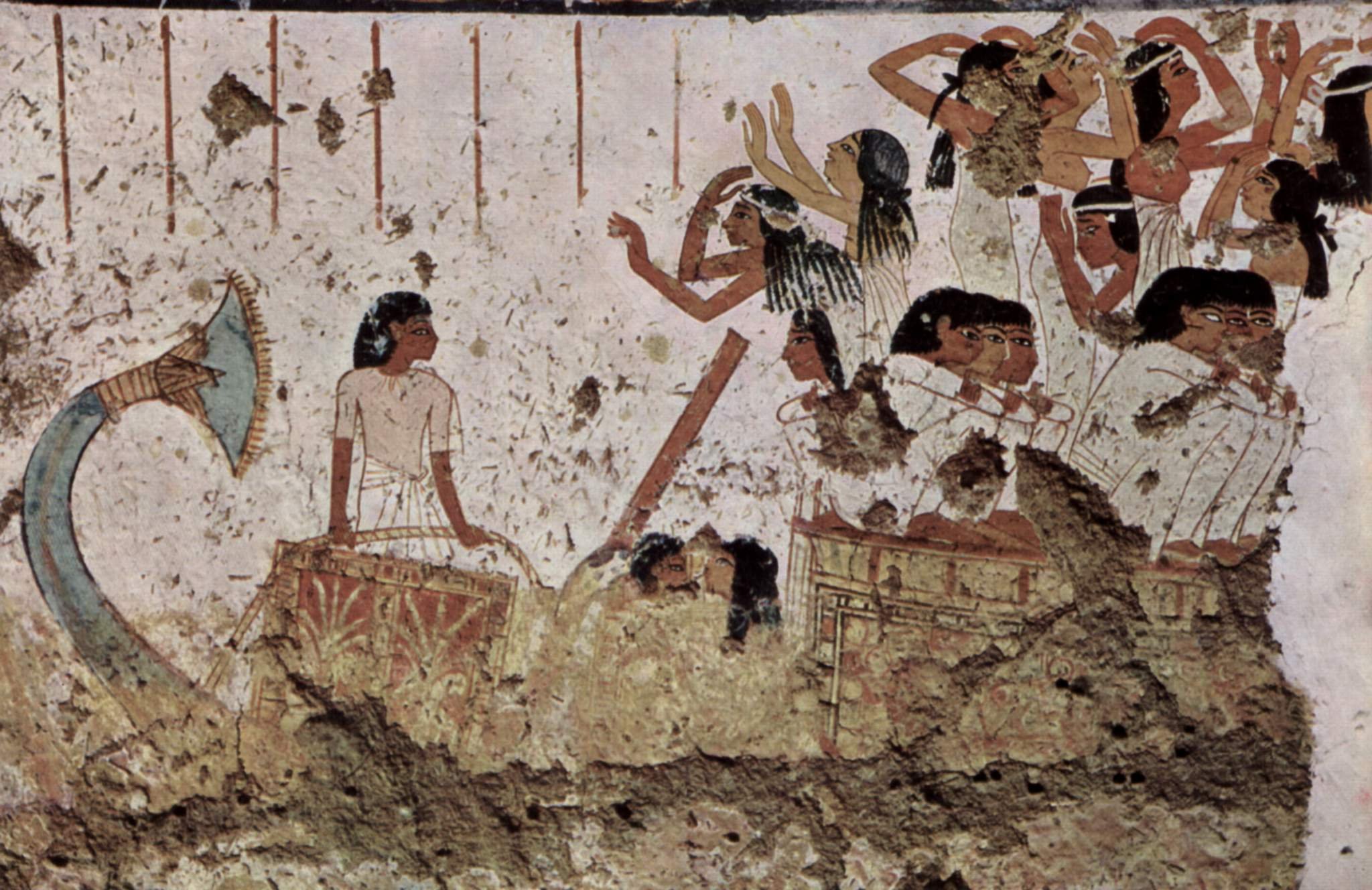My Crown
Armed with a pair of blunt kitchen scissors, in the middle of the night, I began to snip off the ends of my hair. As tufts of hair fell into the sink, a sinking feeling constricted my chest. I wondered if I would regret it, how I would look with short hair, and what the reactions of my friends and family would be. It was a mini afro when I was done, but I wanted it even shorter. I chopped off more and more until it stood in a mini halo above my head. Me in a low cut. I looked like a little girl. My eyes and cheekbones were more pronounced. Had my ears always been this small? The more I looked in the mirror, the more I liked it. I was in disbelief that I had cut it so short but was delighted that I was rid of the burden of styling my hair. It would take some getting used to.
If you had told me that morning in September that I would cut all my hair off, I would not have believed you. During the 2020 lockdown, I was in my final year of university in the United Kingdom. I attended classes virtually and lived in my uncle’s home in the English countryside. I was overwhelmed—with the stress of my upcoming final year exams, the state of the world as millions died from COVID, and the aching distance between myself and my family back home in Nigeria. Every day, I looked at myself in the mirror and hated that my only everyday hairstyle was four big, chunky braids. As much as I did not see a point in styling my hair just to stay at home, I disliked that my hair looked like that. The thought of cutting my hair started off in my mind as a worst-case scenario, but the more I thought about it, the more I warmed up to the idea. Cutting my hair would give me a new look, something different and unique. On a deeper level, I craved change, and this would be something that I could control in a world that felt like it was spinning off its axis. I decided then that at night, when everyone was asleep, I would cut it.
Before this “big chop”, I had natural hair all my life. My mother did not approve of my sister and I putting perms—or “relaxers”, as they are called in Nigeria—in our hair, so I wore my hair in its natural state since childhood. In primary school, I hated my hair. I wanted it to be soft and long like my classmates’. Instead, mine stuck up awkwardly, got frizzy after two days of styling, and fell just below my ear when plaited. It didn’t help that my aunty, who plaited my hair every two weeks, only knew how to do “Didi”. The inverted braids were not in fashion, and I remember being teased about how different my hair looked from everyone else’s. I would stare at my classmates with their long, straight plaits and feel jealous, wishing that my mother would allow me to “relax” mine one day.
In JSS3 (Grade 9) in secondary school, my feelings towards my hair took a turn for the better. The 2010s saw a renaissance of the Natural Hair Movement. It seemed like, suddenly, all my classmates began transitioning their relaxed hair to natural hair. Every new school day, somebody had cut their hair short or decided to stop applying relaxers. I spent a lot of my time on YouTube and Instagram, watching videos of African American women describing how they cared for their natural hair, recommending hair products, and sharing hair growth tips. Finally, I wasn’t the different one. Everyone around me seemed to be cheering on and joining the natural hair club. My desire for permed hair vanished. I felt more confident about my hair, although styling options were limited because all students were expected to wear their hair in tight, neat braids. I only began to explore the versatility of styling my hair after I graduated from secondary school.
I loved switching up my hairstyles. They never lasted a whole week. After three days, I would find a new hairstyle and take out the previous one. I think I have tried out almost every natural hairstyle in existence. From high puffs to sleek ponytails, crochet braids and flat twist buns, I enjoyed the variety of looks I could manipulate my hair to create. For the most part, I loved my hair but in small, quiet moments, I disliked it. The major reason was how much time and effort it took to take care of it. It always took so long to style it. Unlike people with looser hair types, with my kinky afro-textured hair, also referred to as “4c” hair in online communities, I could not just roll out of bed, brush my hair, and be out of the house. My hair was as versatile as it was demanding. Every two weeks, I set aside Saturday mornings and afternoons as wash days. On these days, I would wash, blow-dry, stretch, and style my hair, which took hours. After all this work, I disliked that it shrunk so quickly, reverting from stretched-out kinks to tight, springy coils in only a few hours.
The connection between my identity as a Black woman and my relationship with my hair goes deep. It means acknowledging the history of my hair and why perms and wigs even exist as hair styling options. The larger context of my hair story finds its roots in the mass enslavement of Africans, the colonial legacy left behind, and the centring of European beauty standards in African countries. Much like lighter skin, straight and loose-textured hair is widely considered more beautiful than my hair type. In countries like the United States, Black people are discriminated against for wearing their natural hair in school and at work. The significant and widespread use of perms and hair texturisers by Black women, despite their adverse health effects, exemplifies the enduring impact of colonisation on Black beauty standards.
Despite it being much more popular than it was in the 1990s and early 2000s in Nigeria, natural hair is still sometimes met with disdain from people stuck in an era that equated straight hair to beauty. On days when I styled my hair in an afro or a high puff, I remember my grandmother asking, “When are you going to do something about your hair?” or something along the lines of “Is your hair done that way?” Even when I insisted that it was styled and finished, she looked doubtful. One Sunday church service, I wore my natural hair in its afro state. An older lady reached out to touch my hair and remarked, “Oh, I thought this wasn’t your natural hair. It looks like a bad wig.” I was stunned and struggled to come up with a witty retort, equally as snarky as hers. Without exception, getting my hair styled at salons was a hassle. The stylists would complain about how thick and “strong” my hair was, how difficult it was to comb and style. Sometimes, they would go as far as attempting to convince me to “put a little relaxer” in my hair to loosen up its texture.
In December last year, an online personality boldly stated, “Don’t bring your natural hair to my event.” She explained that natural hair shouldn’t be worn with expensive outfits but on casual outings like church services and school pick-ups. The online rage and discourse made her statements a trending topic for a few days. Nothing that she said in the video shocked me. She shared sentiments I had heard my entire life—the lie that the hair that grows naturally from my scalp was not good enough.
As much as I am fond of the look and the freedom from styling that comes with having short hair, I wear a lot of wigs these days. My new job has found me attending upscale events like movie premieres and movie watch parties. I often face the dilemma of whether to wear my hair out or wear a wig. No matter how many compliments I get on my short hair, sometimes I feel less confident wearing it with a glamorous outfit. Perhaps that is the effect of years of Eurocentric beauty standards weighing upon me. I might just need some extra courage on those days to wear my hair out and not fall back on wearing a wig as my first choice.
On the days when I need a boost of hair love, I will remember this pledge to myself. I pledge to love my hair in every state it is in. To view it as good enough. To remind myself that it complements every outfit and event. To remember that every coil and kink is intricately placed. To speak life into it. To see it as beautiful.










